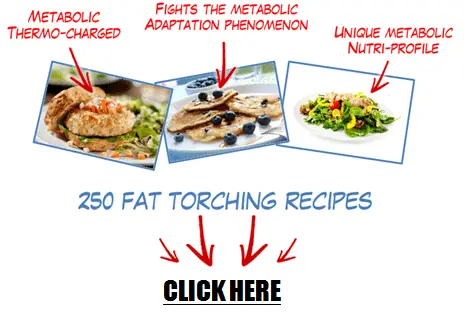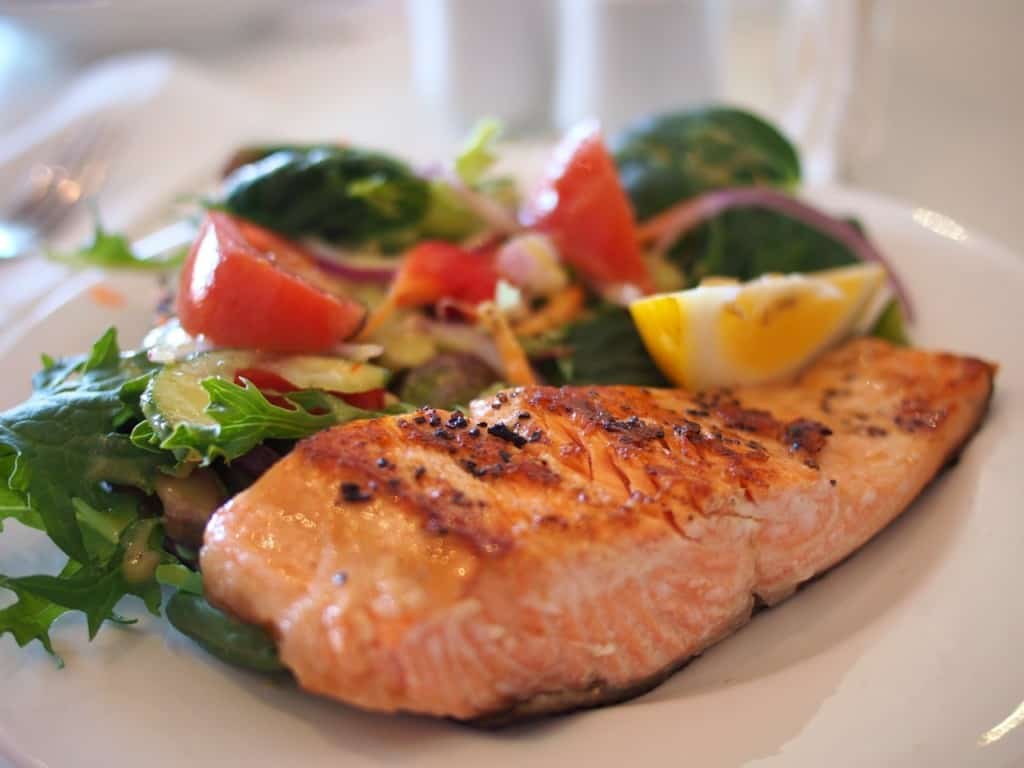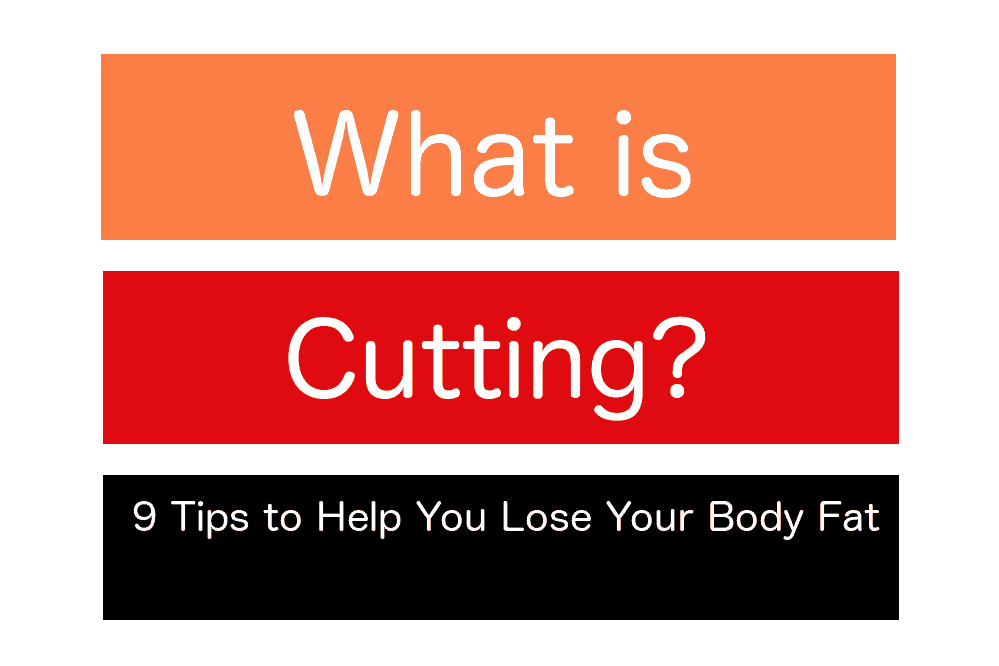Everyone knows that to lose weight, you need to consume fewer calories than your body needs. A good target to aim for is to be in a 3500 caloric deficit for the week.
The concept behind it is that your body starts to break down its fat reserves to create energy when it is not getting enough from food. The reasoning is sound enough, but unfortunately, people tend to gloss over one of the most crucial contributors to weight loss (and gain): metabolism.
Aside from your daily caloric intake, your metabolism is the most significant determinant of how quickly you lose or gain weight. When we talk about metabolism, we mean the rate at which your body consumes the energy derived from food sources. If it does this rapidly, then most of the food you eat gets turned into energy, which is used up by the body. If your metabolism is slow, however, most of the food you eat gets converted into fat, which is the body’s way of saving up energy for future use.
The problem is, we don’t see it that way. Nobody likes a pudgy midsection or flabby arms, yet that’s simply the body’s way of “storing nuts for the winter.”
If you’ve ever wondered why some people eat whatever they want without gaining a single ounce, and why others can’t seem to lose weight no matter what kind of weight loss program they try, the answer lies in their bodies’ metabolism.

Are You Able to Change Your Advantage?
So, if metabolism plays such a crucial role in your ability to lose weight, is it possible to alter it to your advantage?
Absolutely. The name for it is metabolic confusion, and as you’ve probably guessed, it involves using trickery to convince your body to ramp up its metabolic rate. The “trickery” in question comes in the form of low-calorie-high-calorie diet combinations. How it works is it confuses your body into changing its metabolic rate consistently and never hitting a plateau. I’ll explain that in detail a little later.
Metabolic confusion might sound like a new phenomenon, but the phrase has been floating around the fitness industry for years now. Drowned out by more popular diet programs like the ketogenic lifestyle, metabolic confusion has only begun to garner interest due to the increasing amount of positive feedback from people who’ve tried it.
It is not a miracle diet by any stretch of the imagination. And if you think you’ve finally found a diet that works even without exercise, move along because this is not it. There’s a lot that metabolic confusion can’t do for you (like help you gain muscle mass, for instance), but one thing it certainly can do is induce consistent and long-term weight loss.
Understanding Metabolism
So far, we know that metabolism is your body’s ability to turn the food you eat into the energy it can use. What we don’t know is why it is faster in some people and slower in others. What determines your metabolic rate?
Age
The body makes most of its energy in the muscles. Muscles use the stored chemical energy of the food we eat and convert that to heat and energy of motion. As we grow older, our muscle mass starts to deteriorate. Less muscle mass equals fewer energy-generating components in your body. So, your metabolism slows down gradually as you age. It is why exercise is essential as we grow older.
Losing Weight Rapidly
Ironically, the more weight you lose, the slower your metabolism becomes. The body adjusts its metabolic speed to suit its current weight. If you lose weight too quickly, your body will respond by lowering its energy-generating rate to suit your current weight. That’s part of the reason why people who lose weight quickly end up gaining more in the long run.
Eating Breakfast Late
Delaying the first meal of the day forces your metabolism to kick in much later than it is supposed to, which means it gradually becomes slower and slower. If you desire a fast metabolic rate, it is vital to have your breakfast early in the morning.
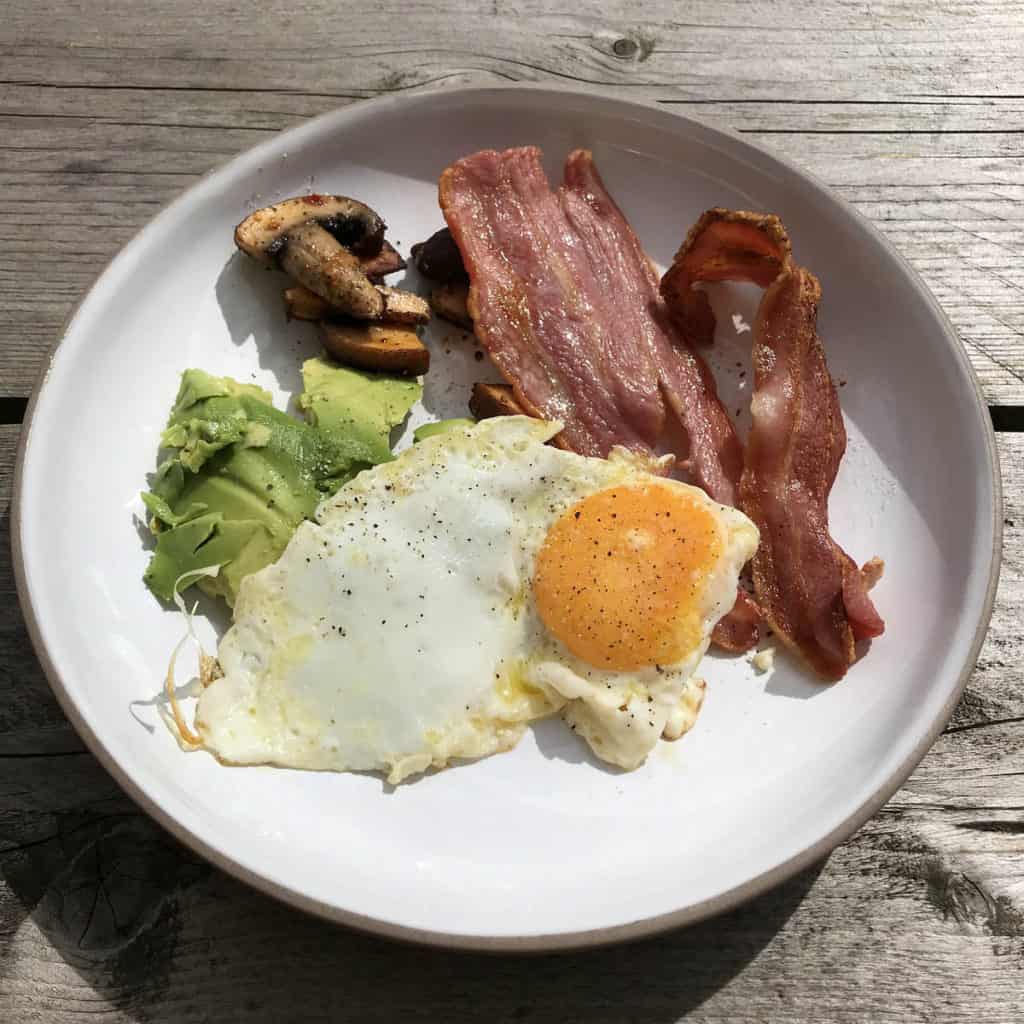
Medicine
Thyroid medication is notorious for altering the body’s metabolism. Other types of medication will slow down or speed up your metabolic rate as well.
For metabolic confusion to work, you need to understand how quickly your body processes food into energy.
What is Metabolic Confusion?
Metabolic confusion, also known as calorie cycling, calorie shifting, and calorie confusion, revolves around calorie counting. For this diet to work, you need to know how many calories are in your breakfast, lunch, dinner, and any snacks.
Ordinarily, a fully-grown adult needs between 2,000 and 2,300 calories a day just to sustain their daily energy requirements. Instead of keeping your daily caloric intake steady, the metabolic confusion diet suggests that you alternate your calorie intake on a daily or weekly basis.
Therefore, as opposed to maintaining a consistent daily calorie intake of 2,000 to 2,300 calories, the diet requires that you periodically shift to low-calorie days where you consume between 1,200 and 1,500 calories a day. The purpose of this calorie cycle is to “confuse” your metabolic rate, which, according to the experts, will “turbocharge” your metabolism, consequently raising your resting metabolic rate (RMR).
Does it Work?
In one study that sought to explain the potency of metabolic confusion as a weight-loss technique, participants were divided into two groups. The test subjects in the first group were allowed to eat whatever they want for three days per week. Then they were switched to a low-calorie period for the rest of the week. The second group was put on a consistent low-calorie diet.
At the end of the study period, the participants in the first group had lost more weight than their counterparts in the calorie-restricted group. The findings suggested that metabolism plays a much more significant role in weight loss than we thought.
Dr. Mike Moreno, the author of The 17 Day Diet, explains that the body is naturally tuned to adapt to its calorie intake. If you consume the same amount of calories each day, then it adjusts itself to become efficient in consuming them. No matter how many more calories you consume, the body will only burn just enough calories to generate the energy it needs for its daily functions. The rest will be stored up for emergencies as fatty tissue.
How The Metabolic Confusion Diet Works
It’s easy. All you need to do is shift your calorie intake every few days or weeks. For instance, instead of consuming 2,100 calories every day, you can make your Mondays, Wednesdays, and Fridays your low-calorie days where you eat food worth 1,200 calories. Then switch to a high-calorie diet on Tuesdays, Thursdays, and Saturdays and consume 2,000 calories a day.
You must first calculate your daily or weekly calorie intake before you can create a calorie-shifting cycle that works for you. You can use my calorie calculator to calculate your calorie requirements.
This diet works because when you eat in this erratic order, your body keeps adjusting your metabolism to accommodate the random caloric amounts it gets.
Continuous metabolic disruption will force your body to ramp up its metabolism, so it becomes more competent at converting the food you eat into energy and burning fat.

Metabolic Confusion Diet vs. Low-Calorie Diets (Benefits of Metabolic Confusion)
This is not an ordinary diet. While most diets focus on restricting your calorie intake so that your body starts to burn its fat reserves, the metabolic confusion diet is a lot looser with the rules.
You don’t have to restrict yourself as much when on this diet. As long as you stick to a schedule of high-calorie days followed by low-calorie days, the results will start to show.
Metabolic confusion has a long list of benefits, which are especially apparent to people who’ve tried a strict low-calorie diet before. Some of these benefits are:
1. It is Easier to Stick to
The main reason why diets don’t work is that they require a lot of commitment. Imagine having to stick to a diet of salads and smoothies for a whole month. Now, picture sticking to the same low-calorie diet for three days out of a week, or one week out of a month. Which one seems more natural?
Most diets only focus on restricting your caloric intake, which can be challenging to adapt to. Most people end up abandoning the diet midway due to excessive hunger pangs.
The metabolic confusion diet is different because you still get to eat the foods you love regularly. Not only does that make it more effective (because you’re more likely to see it through if you’re not continually suffering from hunger), but it also makes it a more enjoyable diet to adopt.
2. It is Tailored For Long-term Success
Being healthy is a lifestyle. Diets that are based on the premise of doing something difficult now to enjoy rewards later are not tailored for long-term success. Even those who successfully lose weight using these calorie-restrictive diets are likely to gain even more weight in the future because they revert to their old lifestyle once they’ve achieved their weight-loss goal.
No one can eat salads for the rest of their lives. In other words, calorie-restrictive diets are not easy to adapt to in the long run. The metabolic confusion diet, on the other hand, is a lot easier to stick to even for the rest of your life. You can eat fewer calories than usual for some days, or for a week or two, then go back to your enjoyable high-calorie lifestyle, and still lose weight consistently! That’s a recipe for long-term weight loss success.
3. It is Kinder to The Body
Strict diets can be destructive to the body’s natural hormonal balance. When we’re not getting enough food, the body’s systems get out of whack, causing hormonal disruptions that can affect your mood and mental wellbeing. This diet doesn’t cause that problem. It merely disrupts your normal metabolism so that it never reaches a resting phase.
4. It Slows Down The Rate of Aging
According to this study, metabolic confusion, which has just the right amount of calorie-restriction, can alleviate symptoms of asthma, and reduce inflammation and oxidation in the cells. It can do as much as slow down the rate of aging, especially to the aortic wall.
Dieting Has Consequences
Drastically lowering your daily calorie intake can have adverse effects on your body. These effects are more pronounced with traditional low-calorie diets and are only experienced to a mild degree with the metabolic confusion diet. They are:
- A drop in physical activity.
- Increased stress hormone (cortisol) levels.
- Decreased thyroid hormone levels.
- Low-fat diets can bring down your testosterone levels.
- The body goes into ‘starvation mode’ whereby your resting energy expenditure drops.
- An increase in the hunger hormone (ghrelin) and a decrease in the satisfaction hormone (leptin).
Your most significant obstacle to losing weight, ironically, is your own body. The body doesn’t like losing its fat reserves, and it will fight back with hormones like insulin, ghrelin, and leptin, which are the three weight-regulating hormones.
When dieting, your ghrelin levels increase, and your leptin levels decrease, which is how your body tries to arm-twist you into eating more food. Things are slightly different with the metabolic confusion diet. During the high-calorie cycle, the body produces more leptin and less ghrelin, which means you’ll feel satisfied more often and consume less food.
This is not all anecdotal, either; in a study where the participants consumed up to 45 percent more calories than usual, there was an 18 percent reduction in the hunger hormone. The metabolic confusion diet can make your body highly efficient in processing calories. But there is one major pitfall to avoid, not knowing what to include in a metabolic confusion diet.
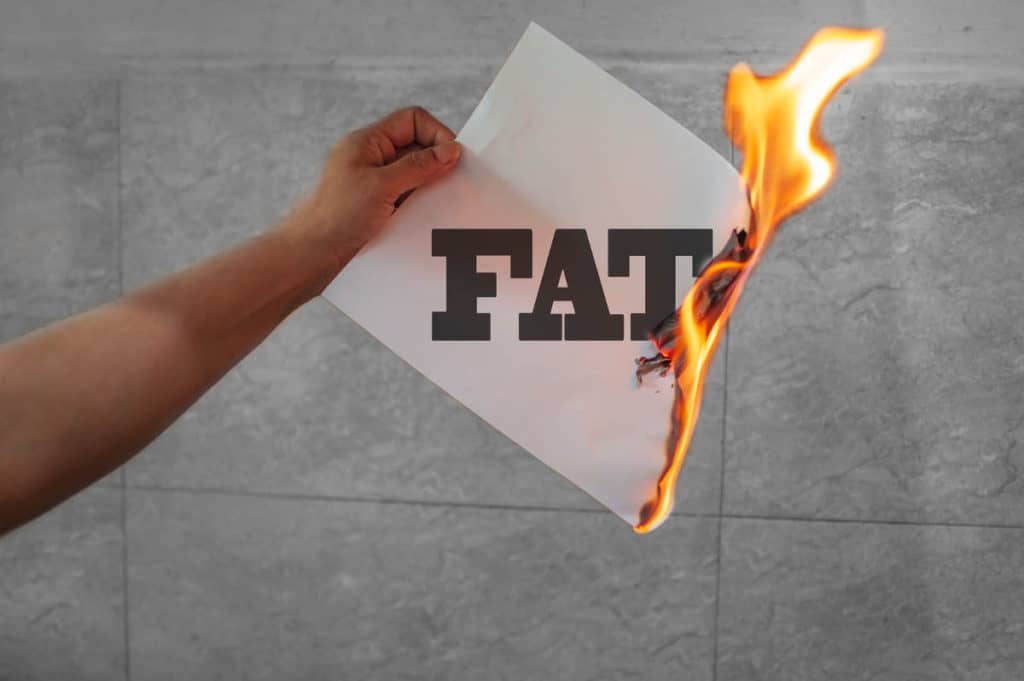
Knowing What to Include in a Metabolic Confusion Diet is Crucial
So far, I’ve reiterated that the metabolic confusion diet is different and effective because it allows you to eat anything.
Let me rephrase that: the metabolic confusion diet works as long as you eat food that’s packed with nutrients in the required caloric amount. Some things must remain off your meal plan if you want this to work. The first and most essential is to omit is refined carbohydrates.
A refined carbohydrate is any starch or sugar that’s not naturally occurring. It includes refined wheat flour and sugar, which are aptly referred to as ‘empty calories.’ Refined carbs don’t contain the nutrients necessary for the smooth functioning of your body. White bread, cakes, ice cream, cookies, and pastries may taste good, but they have no nutritional value whatsoever.
There are several other healthy sources of carbohydrates to substitute them with: vegetables, fruits, and whole grains are packed with healthy carbs and will leave you feeling satisfied and energized. While it is essential to monitor your caloric intake, it is just as vital to keep empty calories out of your diet if you wish to lose weight consistently.
How to Make a Metabolic Confusion Diet Plan That Works For You
All your meals must consist of a balance of carbohydrates (vegetable carbs are more important than wheat carbs), proteins, and healthy fat. That’s all there is to it. Arguably, the more difficult task is to track your calories and to ensure that you never stray from your daily limits.
It’s impossible to create a one-size-fits-all meal plan for everyone who wants to give the metabolic confusion diet a try.
A Typical High-calorie Diet May Look Like This
- Breakfast: One free-range egg omelet with shredded cheddar cheese, two slices of turkey bacon, a slice of whole-wheat toast, and medium orange. Total calories: 377.
- Lunch: One turkey burger with whole wheat buns and a slice of low-fat American cheese, lettuce, two tomato slices, a cup of baby carrots, a medium-sized banana, and four squares of dark (70 – 80% cocoa) chocolate. Total calories: 520.
- Dinner: One 4-ounce chicken breast (cooked to your liking), one cup of whole-wheat spaghetti, half a cup of steamed broccoli, half a cup of chopped zucchini, a cup of tomato sauce. Total calories: 477.
- Dessert: One cup of low-fat yogurt (frozen or plain), a handful of raspberries. Total calories: 290.
- Snacks (consumed in between mealtimes): A handful of almonds (105 calories), three squares of graham crackers with peanut butter (185 calories), a medium-sized apple (95 calories)
Total daily calories: 2,049.
A Low-calorie Diet, on The Other Dand, May Look Something Like This
- Breakfast: Banana smoothie with yogurt and oats, and a large boiled egg. Total calories: 275.
- Lunch: Chickpea burger with whole-wheat buns and vegetable soup. Total calories: 463.
- Dinner: Salmon steak with a side of Brussels sprouts. Total calories: 375.
- Dessert: Tropical fruit salad. Total calories: 85.
- Snacks: One blueberry, orange, or banana muffin. Total calories: 130.
Total daily calories: 1,328.
To help you with planning your meals, you can read my articles, meal planning, and meal prepping. If you need help with recipes, then the metabolic cookbook will be a great help. You can read more about the cookbook in my review, Metabolic cooking.
Metabolic Confusion Cycles
Cycling schedules will differ from one individual to the next. Not everyone has the same nutritional needs, which is why you should talk to your nutritionist to know what your body needs. Some of the typical metabolic confusion cycles include:
- Alternate days: You can set a schedule that puts your low-calorie and high-calorie diets on alternating days. For example, if you consume a high-calorie diet on Tuesdays, Thursdays, and Saturdays, your low-calorie diet will fall on Mondays, Wednesdays, Fridays, and Sundays.
- Weekends: Alternatively, you can eat a low-calorie diet for five days of the week and assign Saturdays and Sundays to be your high-calorie days.
- The 2-week diet cycle: This schedule will have you eating a low-calorie diet for 11 days, followed by three days of high-calorie intake.
- The month-long diet cycle: This schedule is comprised of 3 weeks of low-calorie intake, followed by a week of high-calorie intake.
Conclusion
The process of losing weight is easy compared to the process of keeping off the weight that you’ve lost. Most diets focus far too much on getting you to your desired weight, but they don’t do much to help you retain your new weight permanently. That’s why people fall off the wagon and end up gaining even more weight than they had initially.
The metabolic confusion diet is adaptable to various lifestyle and diet needs. It is easy to integrate into your lifestyle permanently, which is what you need if you want to continue losing weight in the long run. Remember, a diet plan is only effective if you stick to it, and while most of them are hard to get used to, this particular diet could be the last one you ever need.
